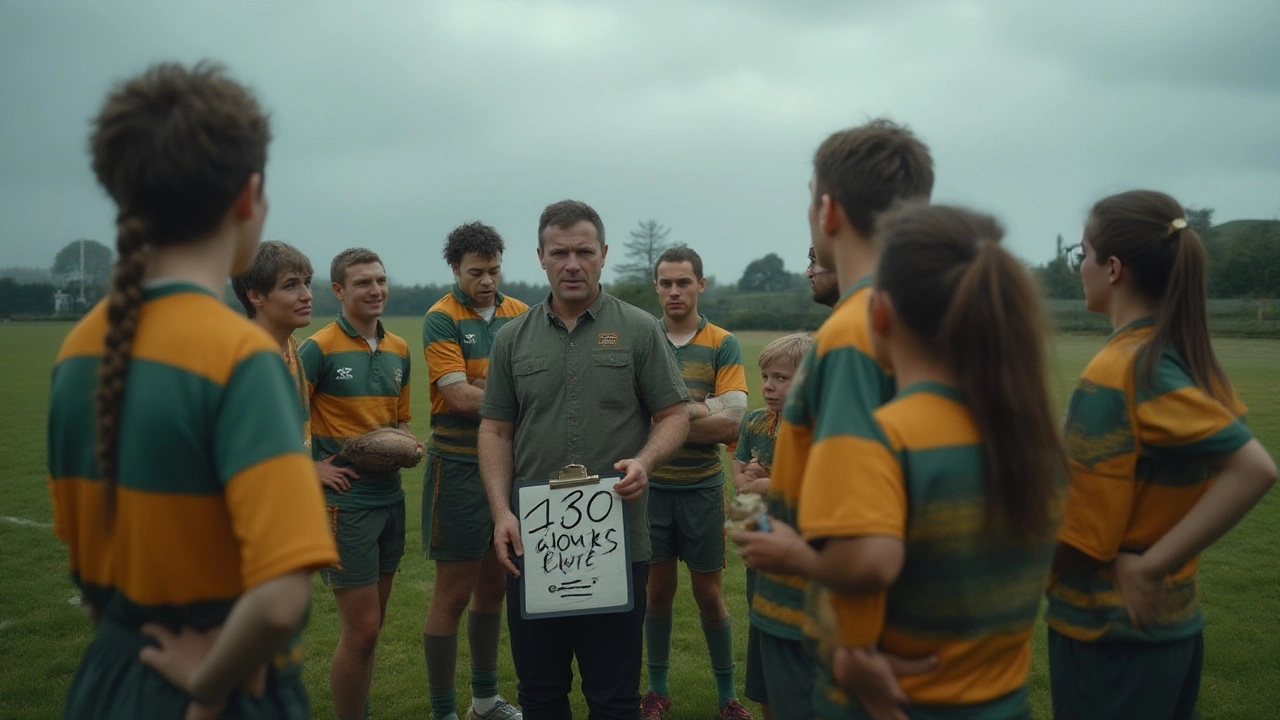
Understanding the 130 Hour Rule and How It Impacts Your Training
If you’ve been training hard, you might have heard the term “130 hour rule.” It’s a guideline that caps the amount of sport‑specific training an athlete can log in a given period, usually a season or a calendar year. The rule is meant to protect athletes from burnout, reduce injury risk, and keep performance steady.
In the UK, many governing bodies adopt this rule for youth and amateur leagues. It’s not a random number – research shows that crossing roughly 130 hours of high‑intensity work can push the body into overtraining territory. That’s why clubs and coaches track sessions, practice lengths, and even travel time to stay inside the limit.
Why the 130 Hour Rule Exists
First, the rule tackles physical fatigue. When you exceed the safe threshold, muscles don’t recover fully, and you’re more likely to feel sore for days instead of hours. Second, it safeguards mental health. Constant pressure to train longer can lead to stress, loss of motivation, and even burnout. Lastly, it levels the playing field. By capping training, smaller clubs aren’t forced to match the endless hours bigger clubs can afford.
Think of it like a budget: you have a set amount of “training money” to spend each season. If you splurge early, you’ll run out before the crucial games. The 130 hour rule forces you to plan smartly, balancing hard work with rest.
How to Stay Within the Limit
1. Track Every Session – Use a simple spreadsheet or a training app. Note the date, activity, and duration. Even a 15‑minute skill drill counts toward the total. 2. Prioritize Quality Over Quantity – Focus on high‑impact workouts that address your weak spots. Short, intense sessions often yield better results than long, unfocused ones. 3. Schedule Planned Rest – Build at least one full rest day per week and a lighter recovery day after every 3‑4 hard sessions. Your body needs that window to rebuild. 4. Communicate With Coaches – Let your coach know if you’re nearing the limit. A good coach will adjust the plan, maybe swapping a gym day for a video analysis session. 5. Review Mid‑Season – Halfway through the season, tally your hours. If you’re over, trim the upcoming weeks. If you’re under, you might add a specific strength session to hit the sweet spot.
Remember, the rule isn’t a punishment; it’s a safety net. When you follow it, you’ll notice you recover faster, stay motivated longer, and perform better when it counts.
Got questions about how the 130 hour rule applies to your sport? Drop a comment below or ask your local club’s administrator. Staying informed is the first step to training smarter, not harder.
